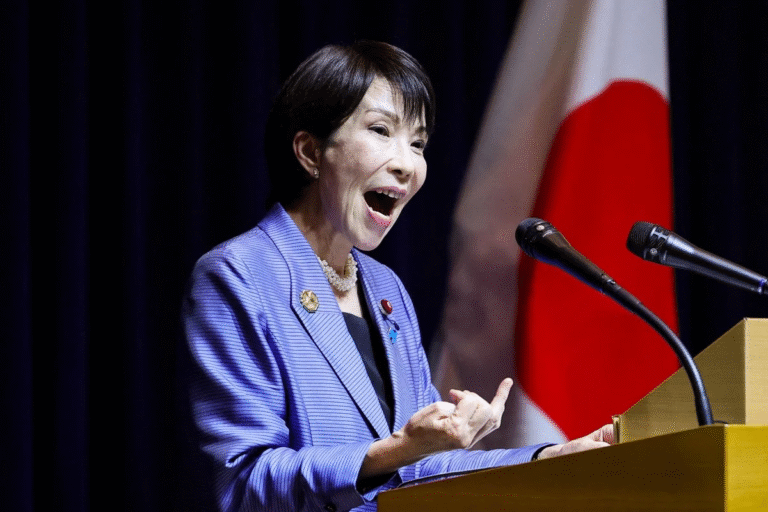
The White House expects to soon unveil a health policy framework that includes a two-year extension of Obamacare subsidies due to expire at the end of next month and new limits on eligibility, according to three people granted anonymity to discuss the unannounced plans.
The proposal would mark President Donald Trump’s foray into Capitol Hill negotiations over how to address health care premium spikes set to hit Affordable Care Act enrollees if Congress lets the premium subsidies expire.
A White House official declined to confirm the details of the plan, saying, “Until President Trump makes an announcement himself, any reporting about the administration’s healthcare positions is mere speculation.” MS NOW first reported news of Trump’s intent to announce a new health care framework as soon as Monday to address spikes in ACA insurance premiums.
As part of a deal to reopen the government earlier this month, Senate Republicans agreed to give Democrats a vote on the ACA tax credits in December. But GOP lawmakers across the Capitol have been divided over how to respond to the subsidy deadline, leaving many eager for Trump to reveal his preferences. Hard-line conservatives have been pushing to let the subsidies expire while moderate Republicans have been pressing for an extension. Some Republicans are angling for a health care overhaul to replace the credits.
The White House plan is expected to include new income caps for enrollees to qualify for the ACA tax credits as well as minimum premium payments, according to the two people with direct knowledge of the proposal.
The planned eligibility cap would limit the subsidies to individuals with income up to 700 percent of the federal poverty line —aligning with what a bipartisan group of senators have been discussing separately, according to a fourth person granted anonymity to share knowledge of the negotiations.
Enrollees would also pay a minimum premium payment — a nod to concerns from conservatives that millions of Americans pay nothing in premiums while being unaware they are enrolled in ACA insurance plans.
The White House’s plan would call on Congress to appropriate funds for cost-sharing reductions, which would reduce out-of-pocket health costs for ACA plans.
The administration is also set to propose an option for enrollees to receive part of their tax credit in a tax-advantaged savings account if they move down to a lower-premium health plan. Many Republicans lawmakers favor the idea as a way to provide funds directly to people, as opposed to relying on indirect subsidies to insurance companies to drive down health costs. Trump himself has publicly endorsed the concept.
Democratic lawmakers want Republicans to negotiate with them on an extension, but it remains to be seen whether they would settle for a short-term fix with restrictions attached. It’s also not clear how House GOP leaders would react to the plan after presenting their members last week with a pitch against what they dubbed the “Unaffordable Care Act.”





